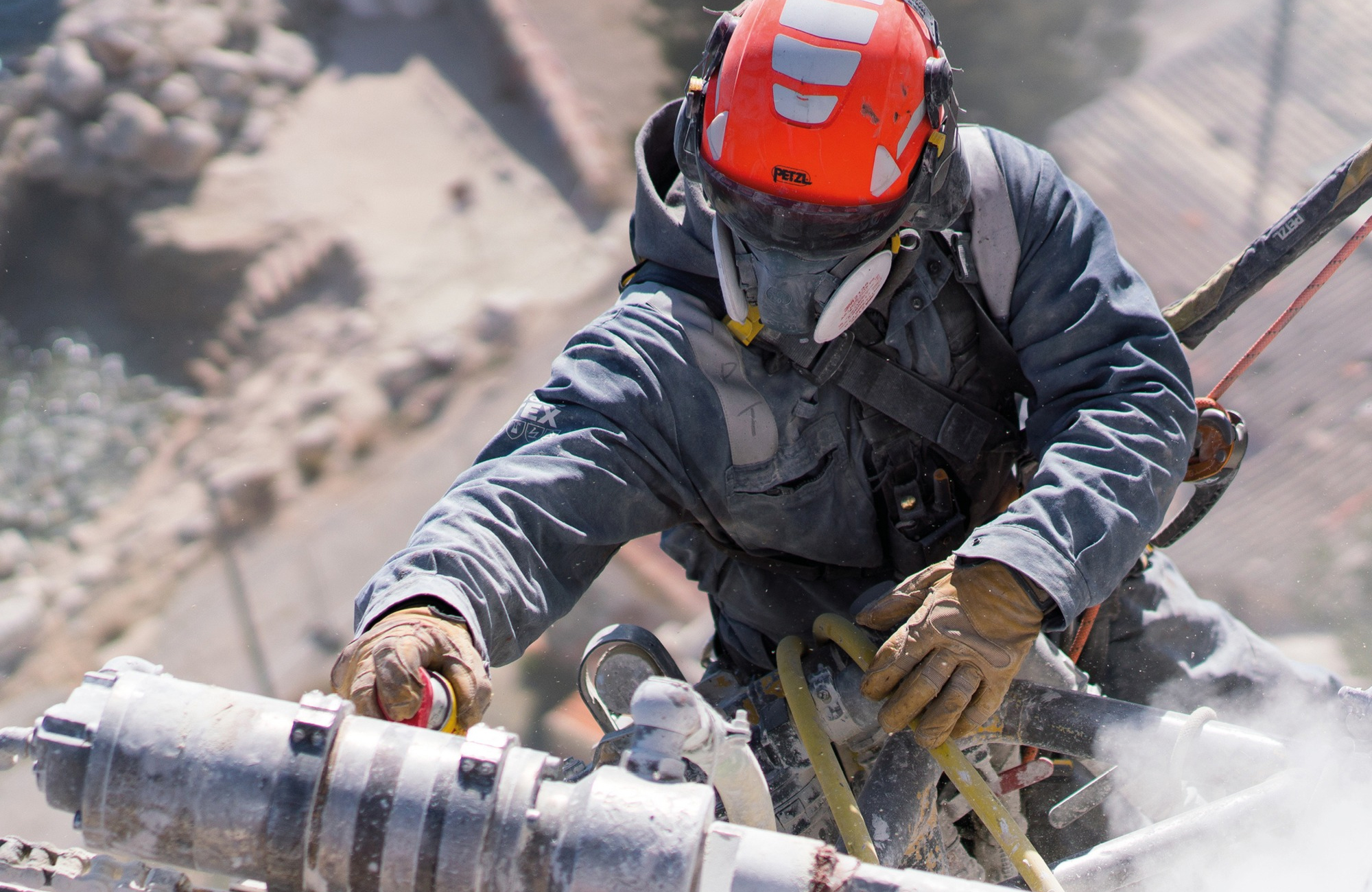- 0588499662
- ruddy@rbsfz.com

Enhancing Safety with LPG Tank Protective Coatings
Liquefied Petroleum Gas (LPG) tanks are essential for fuel storage across various industries, but their exposure to harsh environmental conditions poses safety risks. Corrosion, mechanical damage, and chemical exposure can compromise tank integrity, leading to leaks and potential hazards. Implementing high-quality protective coatings is a critical measure in ensuring the safety, longevity, and performance of LPG tanks.
The Risks of Unprotected LPG Tanks
Without proper protection, LPG tanks are susceptible to:
-
Corrosion: Exposure to moisture, chemicals, and extreme temperatures can lead to rust formation, weakening the tank structure.
-
Mechanical Damage: Abrasions, impacts, and physical wear can reduce the tank's lifespan.
-
Chemical Degradation: Industrial gases and contaminants may cause material degradation, leading to failures.
Benefits of Protective Coatings
Applying a specialized protective coating to LPG tanks offers multiple benefits, including:
-
Corrosion Resistance: High-quality coatings act as a barrier against moisture and corrosive agents, preventing rust formation.
-
Extended Lifespan: Protective coatings enhance durability, reducing the need for frequent repairs and replacements.
-
Enhanced Safety: A well-coated tank minimizes the risk of leaks, ensuring compliance with safety regulations.
-
Thermal Protection: Some coatings provide insulation, reducing temperature fluctuations within the tank.
-
Improved Aesthetics: Coatings can also maintain a clean and professional appearance for industrial tanks.
Types of Protective Coatings for LPG Tanks
Several types of coatings are used in LPG tank protection, including:
-
Epoxy Coatings: Known for excellent corrosion resistance and adhesion.
-
Polyurethane Coatings: Provide durability and UV resistance for outdoor tanks.
-
Zinc-Rich Primers: Offer cathodic protection, preventing rust formation.
-
Thermal Barrier Coatings: Reduce temperature-related stress on the tank.
Proper Application and Maintenance
To maximize the benefits of protective coatings, proper application and regular maintenance are essential. Key steps include:
-
Surface Preparation: Cleaning and abrasive blasting ensure proper adhesion of the coating.
-
Coating Application: Using spray, brush, or roller techniques depending on the coating type.
-
Curing and Inspection: Allowing adequate drying time and conducting thorough inspections.
-
Regular Maintenance: Periodic inspections and touch-ups to maintain integrity.
